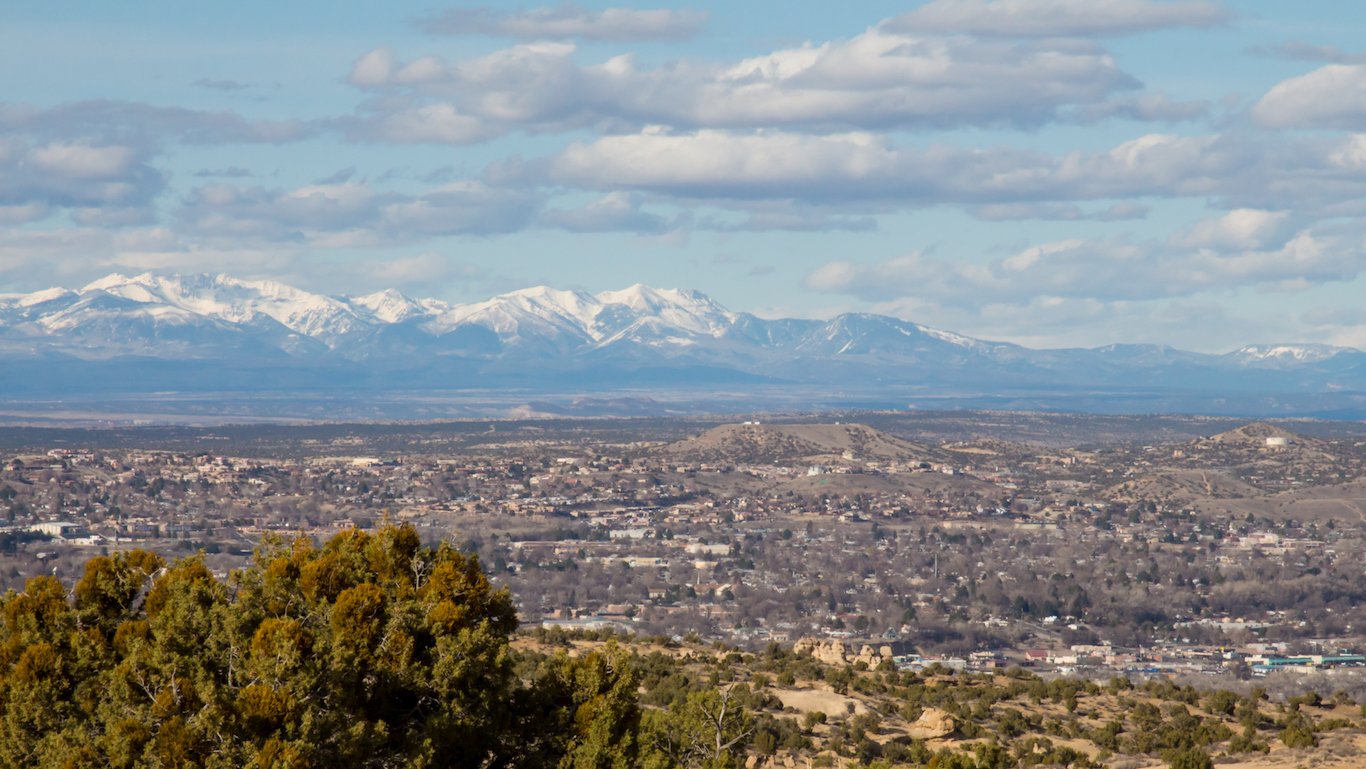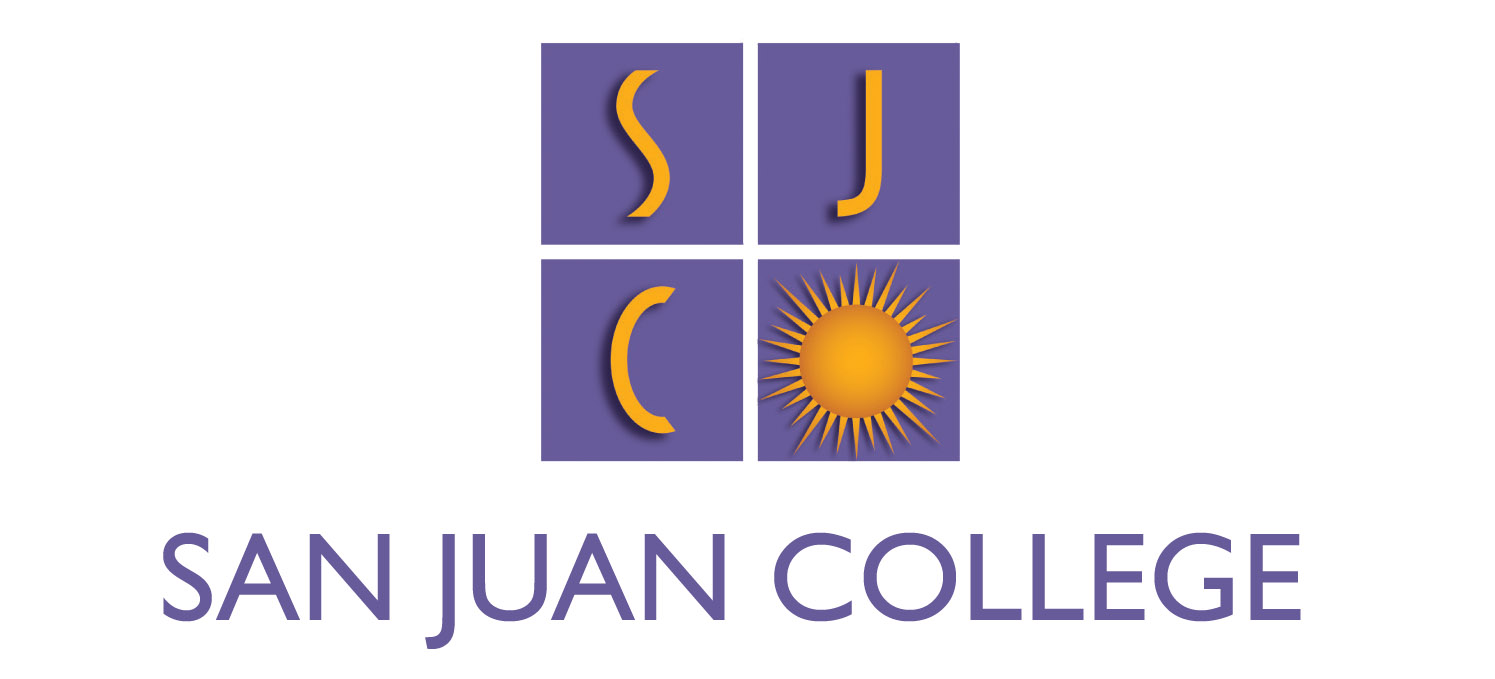
Chief Revenue Officer Vasu Raja said last year that the airline could cover the increased expense with the higher yields it generates from having a broader regional network than competitors. “In the smaller communities, it’s really going to have a longer term impact.”Īmerican has repeatedly defended the move.

“Regional pilot pay doubling is really going to hurt communities,” Raymond James analyst Savanthi Syth said of the increases in January. The increase has since been matched at most regional airlines, and forced further changes in the space, including the retirement of many 50-seat jets. That’s when American unilaterally raised pilot pay rates at three of its wholly-owned affiliates to levels comparable with those paid at budget, or ultra low-cost, airlines. The question of regional flying economics came into sharp focus last year. And Delta has gone as far as to say will “exit” the type entirely this summer that is except for 50-seat regional jets flown by SkyWest Airlines at its own risk on federally subsidized routes that Delta does not count in its fleet plan. Whether due to the pilot shortage, economic trends, or other reasons, American, Delta, and United all flew at least 300 fewer small jets at the end of March than they did four years earlier.

of 50-seat regional jets, whether Bombardier CRJ200s or Embraer ERJ-145s, contributes to the situation. Source: Ailevon Pacific Aviation Consulting For example, the number includes United’s decision to exit Erie, Pa., in June American continues to serve the Pennsylvania city. Not all of those markets have lost all commercial air service. “It’s different and harder now.”Ī recent analysis by Ailevon Pacific Aviation Consulting found that American, Delta, and United have exited a combined 74 markets since April 2020. “You can’t run your airline like it’s 2019,” United CEO Scott Kirby said in April. The trend has accelerated as the industry emerged from the pandemic facing a pilot shortage (now focused on captains), higher costs, supply chain issues, and a more challenging operating environment. last served by US Airways in 2008 and Delta in 2006, respectively, according to Cirium Diio schedules. As planes grew in size, and fuel prices and other expenses rose, airline planners could not make the math work for destinations like Farmington, N.M., or Hickory, N.C. cities have been losing air service for decades. Those air service losses have raised questions about the future of such service, both in the industry and Congress, and threatens what the Regional Airline Association (RAA) says is $152 billion in economic activity flights bring to small communities. The high cost of flying small planes, which has increased dramatically along with so many other airline industry expenses, along with limited pilot resources, has contributed to network carriers American Airlines, Delta Air Lines, and United Airlines deciding to end flights to cities like New Haven, Conn., Toledo, Ohio, and Williamsport, Pa. National Transportation Research Board meeting in Washington, D.C. “This is all about economics … it really is a lot more than pilots,” the chief industry analyst at the Swelbar-Zhong Consultancy said at a U.S. is the result of changing airline economics, and not just the pilot shortage airlines face, long-time industry analyst William Swelbar said Wednesday. Thank you for partnering with us to help keep our community safe.Dwindling air service to small cities across the U.S. The District asks that anyone experiencing flu symptoms refrain from boarding our vehicles. Thank you for partnering with us to help prevent the spread of any germs and flu. Our top priorities are to continue service to the public, and to keep them and our employees healthy and safe. We continue to clean and disinfect our vehicles daily and regularly utilize a disinfecting fogger. The District respects that people may be feeling anxiety and concern about the safety of public transit in the regards to COVID-19 we take this very seriously.

North Central Regional Transit District’s RTD Blue Buses provide vital transportation services within north central New Mexico. NCRTD STATEMENT ON MEASURES IN RESPONSE TO COVID-19: Please refer to the ROUTES section to determine the latest information on your route. Passengers must reserve a ride at least 24 hours in advance by calling 50 ext. Passengers whose route is currently operating on a temporary Demand may reserve a ride FROM any designated stop on the route TO any designated stop on the route within the service hours.


 0 kommentar(er)
0 kommentar(er)
